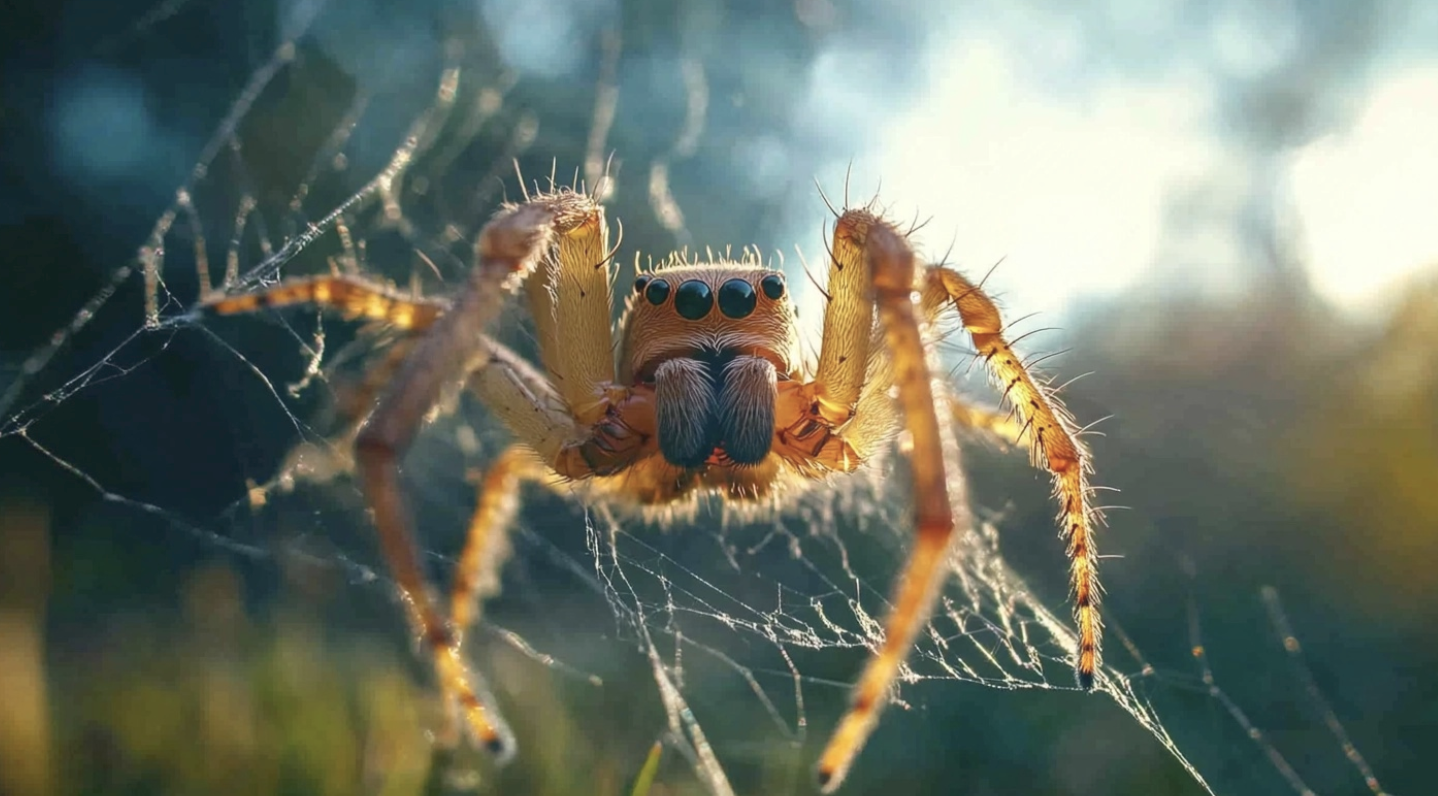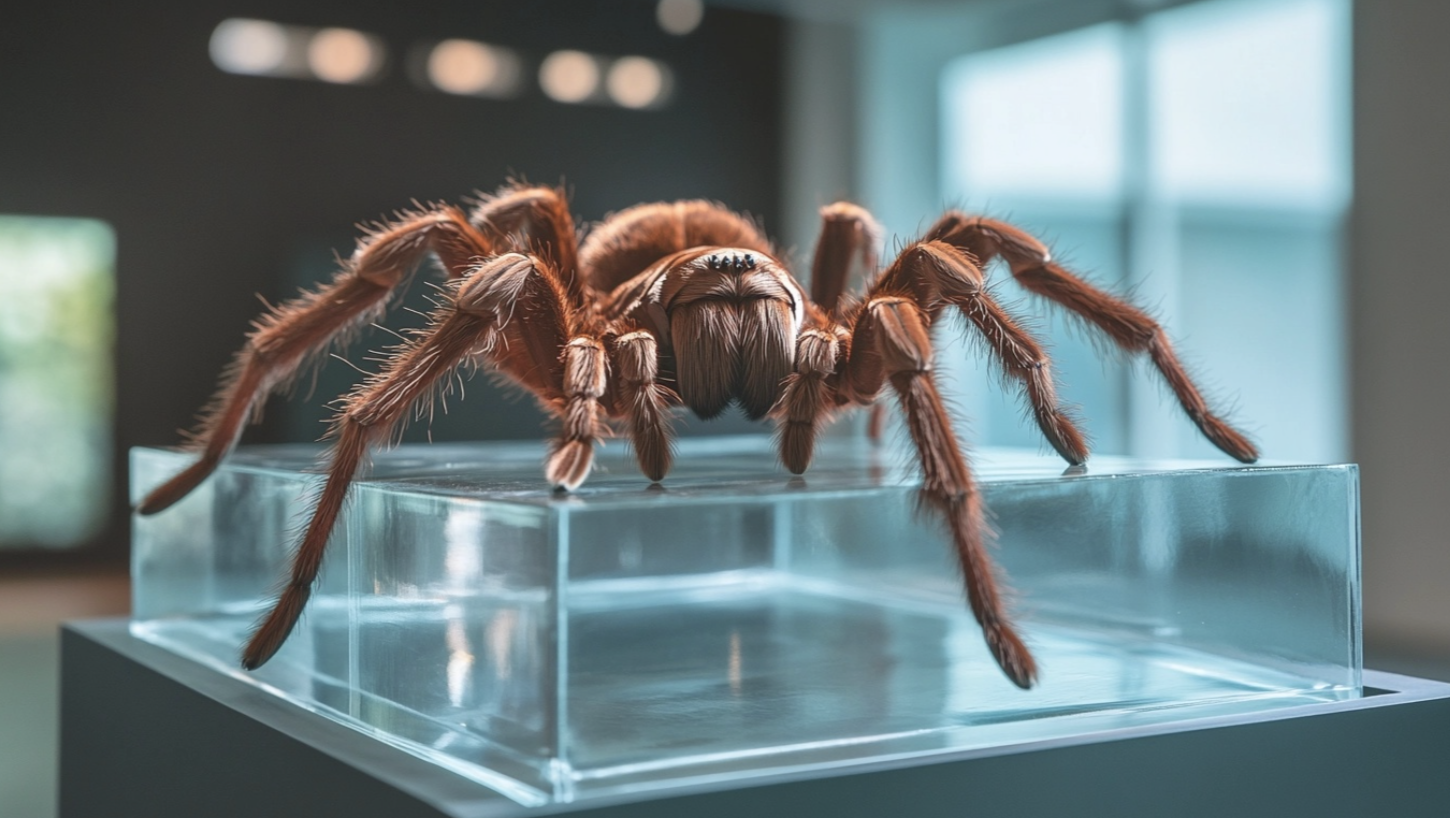
Spiders are fascinating creatures known for their ability to survive in various environments.
One of the most intriguing aspects of their biology is how long they can live without food.
Unlike many creatures, spiders can endure extended periods without a meal, relying on unique survival mechanisms.
But just how long can they last? This blog will explore the factors influencing a spider’s survival without food and show how different species cope in harsh conditions.
Whether you’re curious about wild spiders or concerned about your pet spider, this guide will provide essential insights.
How Long Can Spiders Survive Without Food?
Spiders are incredibly resilient when it comes to surviving without food. Most species can go weeks or even months without a meal, depending on their size, species, and environment.
For example, house spiders can typically survive for about 1-2 months without food. Tarantulas, on the other hand, can endure for even longer, with some species surviving over a year without eating.
Meanwhile, wolf spiders usually last a few weeks if they cannot find food. The length of time a spider can survive without food largely depends on its metabolic rate and access to water.
Generally, larger spiders with more body fat can last longer than smaller spiders. Wild spiders may have longer survival times due to the unpredictability of their food sources.
In contrast, pet spiders often have a more controlled diet but are capable of withstanding periods of food scarcity.
Factors That Affect a Spider’s Survival Without Food
Several factors influence how long a spider can survive without food.
- Spider Size: Larger spiders tend to have more fat reserves, which allows them to go longer without food. Smaller spiders, with less stored energy, will not last as long.
- Metabolic Rate: Spiders with a slower metabolism can conserve energy more effectively. This allows them to survive longer periods of time without food.
- Temperature: Cooler environments slow down a spider’s metabolism, enabling them to conserve energy and survive longer without a meal. Spiders may need food more frequently in warmer climates as their metabolism speeds up.
- Access to Water: While spiders can survive without food for extended periods, water is more crucial. Dehydration can significantly reduce a spider’s survival time, even if it has sufficient energy reserves.
- Health and Age: Younger and healthier spiders generally have a higher capacity to survive food shortages than older or weaker spiders.
Pet Spider Care: Feeding and Fasting

When it comes to pet spiders, their feeding habits can vary depending on the species. Most pet spiders, like tarantulas, must be fed once every one to two weeks.
However, it’s common for them to go longer without food. If a pet spider refuses to eat, it might be a sign that it is entering a fasting phase, which is normal in some cases.
It’s important to monitor your spider’s behavior closely. Signs of starvation can include lethargy, shrinking of the abdomen, and a noticeable decrease in activity.
On the other hand, if your spider is healthy but not eating, reducing stress factors like excess light or noise or lowering the temperature slightly can help extend its fasting period safely.
Always ensure that water is readily available, as hydration is critical to their survival. Even if a spider refuses food, access to water can make a big difference in their overall health during fasting periods.
What Happens to a Spider’s Body Without Food?
When a spider goes without food, its body undergoes several changes as it conserves energy. The first noticeable effect is a reduction in activity.
Spiders may stay still longer, conserving their energy reserves for vital functions. This leads to a decrease in web-building or hunting activity.
Physically, the most visible change occurs in the spider’s abdomen. As it depletes its fat reserves, the abdomen may shrink or appear smaller.
Spiders also slow down their metabolism, allowing them to use the minimal energy available to survive.
If starvation continues, the spider may lose coordination, become more sluggish, and eventually fail to recover if food is not provided in time.
The key to a spider’s survival without food lies in their ability to manage these internal changes, but long-term deprivation can ultimately result in death if they cannot find sustenance.
Conclusion
Spiders are remarkable creatures capable of surviving long periods without food.
Depending on the species, they can endure anywhere from a few weeks to several months without a meal.
Factors such as size, metabolic rate, access to water, and the environment are critical in determining how long a spider can survive without food.
Pet owners must monitor feeding habits and ensure that spiders have access to water at all times, especially during fasting periods.
Understanding these factors can help ensure the health and longevity of your spider, whether in the wild or captivity.

